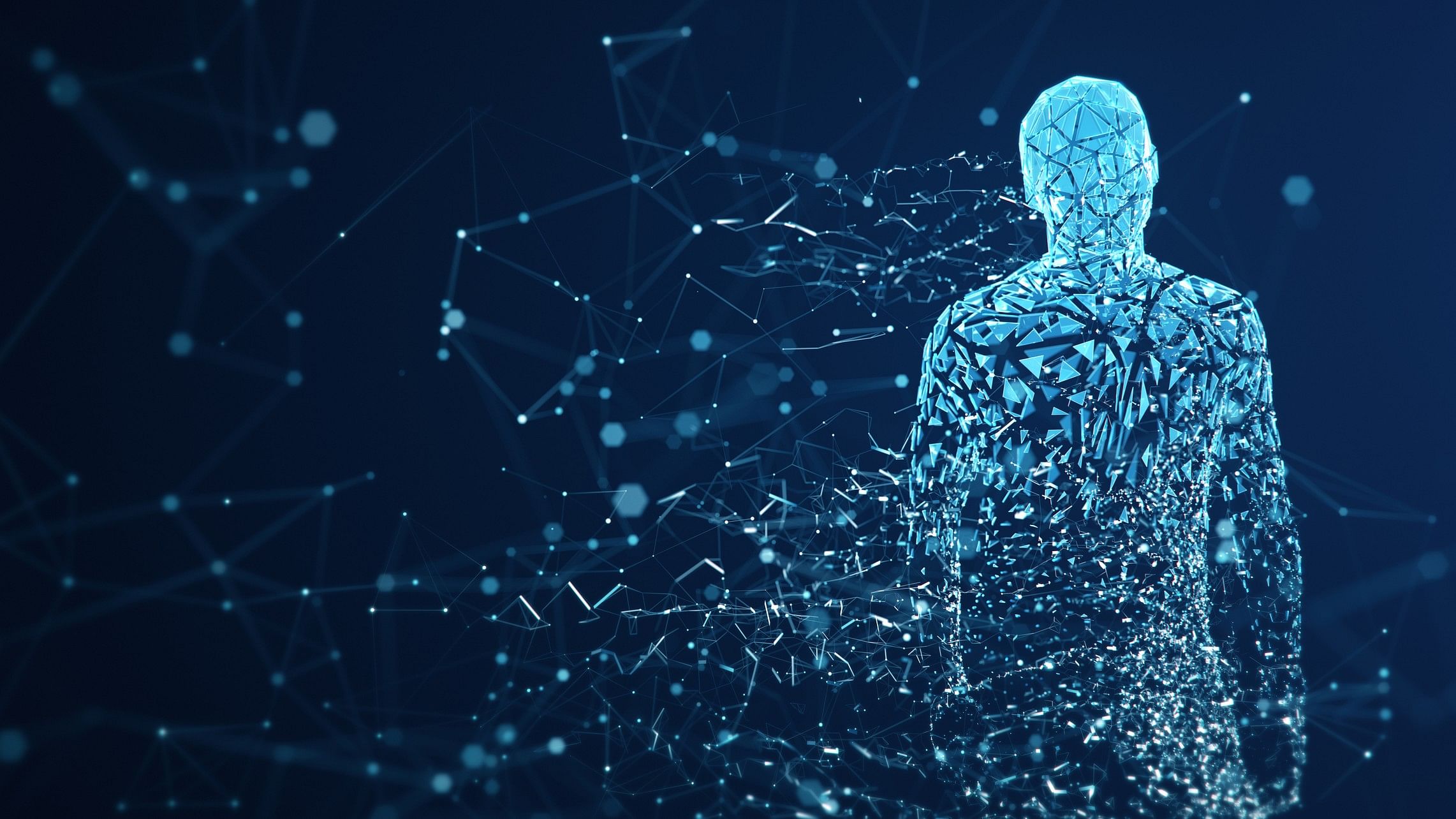
Image for representation
Credit: iStock Photo
As more and more of our lives shift online, identities have also managed to move into the digital realm. In the online world, as we move from grocery delivery apps to social media networks to streaming services; we seamlessly shift identities from consumer to user to data subject.
This kind of shift to digital identities has the potential to eliminate the social differences that otherwise crop up in our everyday offline lives. The Aadhaar identity project was supposed to do something exactly like that. Some officials associated with the Indian biometric identity project told this author that by moving identity to the digital, by reconfiguring individual identity into bits and bytes, something like Aadhaar could help erase social divisions.
Aadhaar requires the collection of all 10 fingerprints, scans of the iris, and a photograph of the person. These biometrics essentially create what has been called a ‘data double’ of the individual.
Once these details are collected, the individual can prove they are the person they say they are by authenticating one of these details. The point of sale (POS) machine that is used to authenticate one’s fingerprint for Aadhaar cannot recognise social divisions. Technology, thus, eliminates social differences, the officials argued. The individual would no longer be seen as Hindu, Muslim, Sikh, Parsi, Christian, Brahmin, Dalit, male, female, trans, or even rich or poor — becoming instead, ‘simply’ an individual.
There are at least two reasons why this can never be the case. The first is that instead of erasing existing differences, technologies amplify these distinctions, entrenching differences and introducing new fissures in the fabric of society. The second is that easy tech fixes, however attractive they may seem, cannot — and indeed should not — be expected to solve social problems.
Once the Aadhaar database was created, the rights and entitlements of the individual have shifted to the ‘data double’. The rights, entitlements, and privileges that the individual was considered eligible for in a pre-Aadhaar governance system have now been moved to their data double in the database. Your fingerprints, iris scans, and photos — all stored in a centralised database — are now the gatekeepers of your rights. Need food rations? Want to open a bank account? Buy a sim card? Access healthcare? You must match your physical self with this ‘data double’.
It is a very tempting idea, imagining a world in which an individual is purely digital — shedding the heavy social markers that divide people. However, it oversimplifies a deeply complex social landscape where caste, religion, and gender are ever-present forces.
The reality is that, even with digital technologies, identities cannot be wiped clean at the authentication point. The finger placing its print on a POS machine to access rations or wages does not belong to a disembodied database file — it is attached to a real person with real identities. The quality of interaction with this system — and with the person deploying the technology in the moment — still depends heavily on these identities, and the social dynamics that come with them. If you happen to be a marginalised individual, navigating these systems can be challenging beyond just the technology.
Access to services like stable Internet, electricity, or the knowledge needed to navigate digital systems remain, to put it mildly, uneven. The language of the Internet, having a phone, even the ability and permission to use it vary by gender, age, geographical location, caste, and economic class. In spaces where social discrimination and inequality run deep, trying to tackle these issues through tech alone risks intensifying these divides rather than erasing them.
One of the other things that Aadhaar was supposed to do for Indians was give everyone a way to prove their identity. Much like the Social Security number in countries such as the USA, Aadhaar should have been a foundation (the aadhaar, if you will) for social security benefits, welfare mechanisms, etc. to reach the farthest corners of the country.
In 2009, when it was set up, we were told that the main reason behind the creation of yet another ID was to solve the problem of multiple identity proofs. It was hailed as the solution to ‘leakage’ in public distribution and welfare schemes, and was supposed to drastically reduce corruption in everyday dealings. None of those problems have been solved.
Several issues — exclusion, transaction costs, corruption — with the public distribution system for food security persist. Duplication has not been eliminated, and in one case, an Aadhaar card was issued for the Hindu God Hanuman. How anyone got his fingerprints and iris scans is anybody’s guess.
Technological solutions that promise easy, neutral, efficient solutions that would seamlessly ensure welfare delivery to the last mile while making social identities redundant may sound good on paper, but on the ground, it is always more complicated than it seems.
(This is a part of a recently published paper ‘Citizenship in India: Parsing the Complexity of Digital Identity Systems’)
(Vidya Subramanian is associate professor at Jindal Global Law School (JGLS). X: @ vidyas42.)
Disclaimer: The views expressed above are the author's own. They do not necessarily reflect the views of DH.